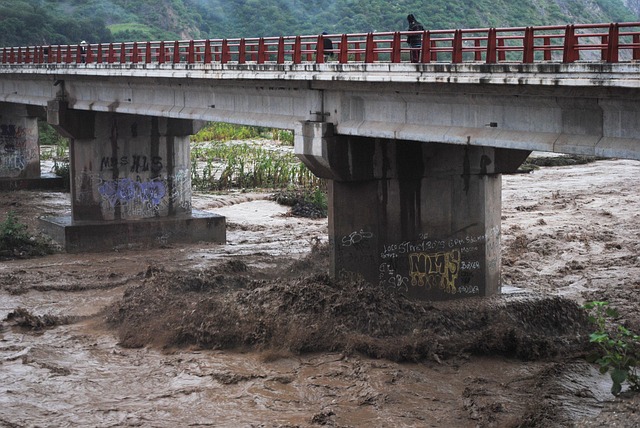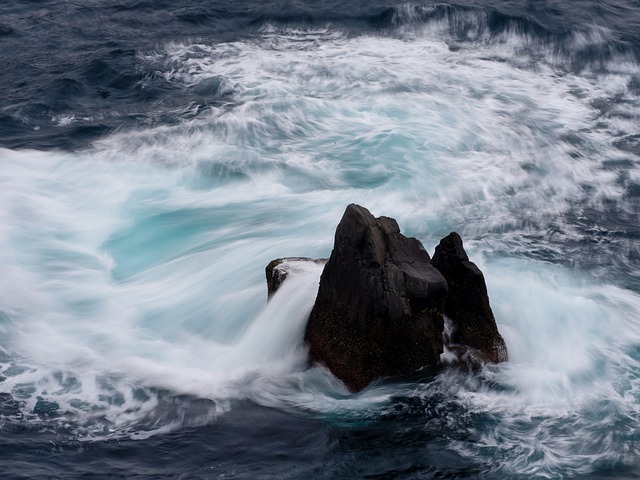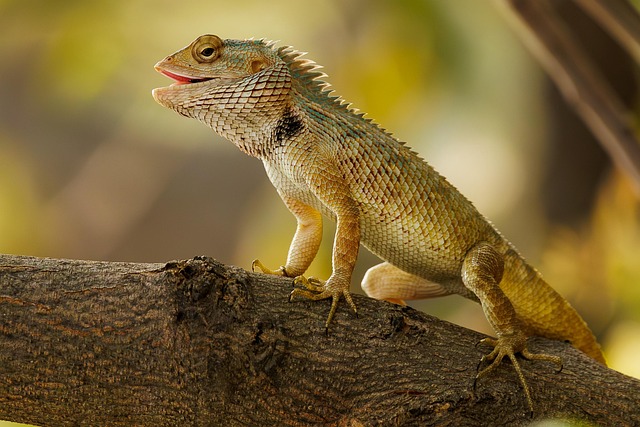
Unearthing the Importance of Sand for Reptiles in their Natural Habitat
When we think of the diverse ecosystems that comprise our planet, it’s easy to overlook the subtle yet crucial elements that sustain life. One such element is sand—a seemingly simple substance that plays a vital role in the natural habitats of reptiles. These magnificent creatures have evolved over millions of years, developing intricate relationships with their environments, and sand is often the unsung hero of their day-to-day lives.
In the vast deserts of the world, sandy terrains provide a unique setting where reptiles thrive. Here, the fine grains of sand serve as both a shelter and a hunting ground. Lizards, snakes, and tortoises rely on sand to regulate their body temperature; by burrowing into it or basking on its surface, they can find the warmth or coolness they need to survive. The thermal properties of sand are particularly essential for cold-blooded reptiles, whose body temperatures depend entirely on their surroundings.
Moreover, sand plays a crucial role in the reproductive habits of many reptiles. For species like sea turtles, sandy beaches are the stage where new life begins. Females instinctively return to the very shores where they hatched to lay their eggs deep within the sand, creating the perfect incubator for their young. The composition and texture of the sand are vital; they influence everything from egg temperature to moisture levels, which are critical for the successful hatching of baby turtles. Without sandy beaches, these ancient mariners would find it difficult to perpetuate their species, underscoring the importance of this mineral in their lifecycles.
In a broader ecological context, sand also supports the intricate web of life that characterizes reptile habitats. A thriving community of microorganisms resides in sandy soils, fostering nutrient recycling and benefiting not only reptiles but also plants and other animals in the area. This interaction exemplifies how a single element of nature—like sand—can embody a microcosm of life, intricately connecting various species and the environment itself.
Reptiles like sidewinders, Gila monsters, and horned lizards have all developed unique adaptations to flourish in sandy habitats. The sidewinder rattlesnake, for instance, has evolved a distinctive sideways movement, allowing it to glide effortlessly over the hot, shifting sands of desert dunes. These specialized adaptations reflect the resilience and ingenuity of reptiles as they navigate their sandy homes in search of food, shelter, and mates.
In conclusion, sand is much more than just a simple particle; it is a fundamental ingredient that nurtures and sustains reptilian life in their natural habitats. As we continue to appreciate the beauty and complexity of nature, we should remind ourselves of the importance of preserving these unique ecosystems. By safeguarding sandy environments, we ensure that reptiles and their intricate dance with nature can continue for generations to come.



